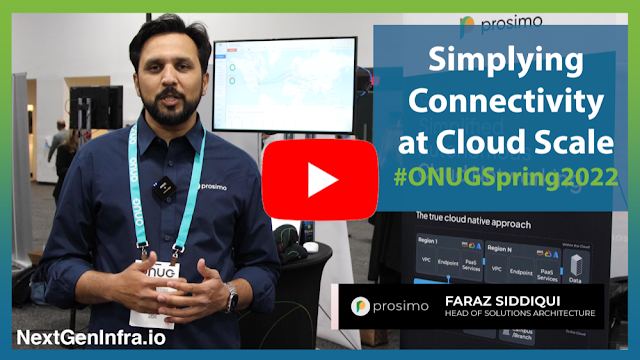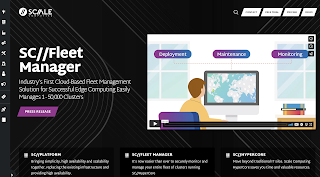Deutsche Telekom and Google Cloud announced an expanded partnership focused on the following areas:
- Core Network Services: Deutsche Telekom and Google Cloud will jointly pilot several network services such as 5G Standalone in Austria, as well as remote packet gateway functions, leveraging Google Cloud and Google Distributed Cloud Edge, a fully managed product that brings Google Cloud’s infrastructure and services closer to where data is being generated and consumed.
- Network Analytics: Through Google Cloud’s extensive expertise in data analytics, Deutsche Telekom will gain an even-deeper understanding of its networks to achieve accurate planning, optimized operations, and better customer experience management. Deutsche Telekom will pilot several use cases regarding anomaly detection, performance counter, and trace data in a first step in utilizing data-driven operations and automated workflows with open, Kubernetes-based solutions offered by Google Cloud.
- Customer Experience Analytics: Deutsche Telekom will trial Google Cloud’s data analytics, artificial intelligence (AI) and machine learning (ML) solutions in a joint proof of concept in order to improve actionable insights and better understanding of customer needs and optimize offerings.
“At Deutsche Telekom we are implementing our Leading Digital Telco strategy by investing in best-in-class network infrastructure and by establishing cloud-based service platforms,” says Claudia Nemat, board member of Deutsche Telekom. “We are excited to expand our partnership with Google Cloud by conducting trials in key areas that will allow us to more rapidly innovate and launch new services and customer experiences.”
“Communication service providers are increasingly looking for cloud-native solutions to advance the deployment of network functions and drive automation, elasticity, and scalability,” said Thomas Kurian, CEO, Google Cloud. “We believe our partnership with Deutsche Telekom will deliver significantly improved experiences for end users that will ultimately raise the standard for the telecommunications industry.”
MobiledgeX acquired by Google Cloud

DT and Google expand partnership for RCS messaging, cloud and TV

T-Systems teams with Google Cloud on sovereign cloud for Germany




















